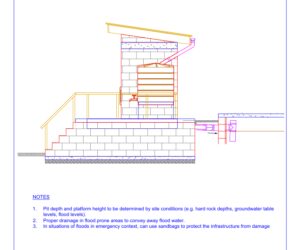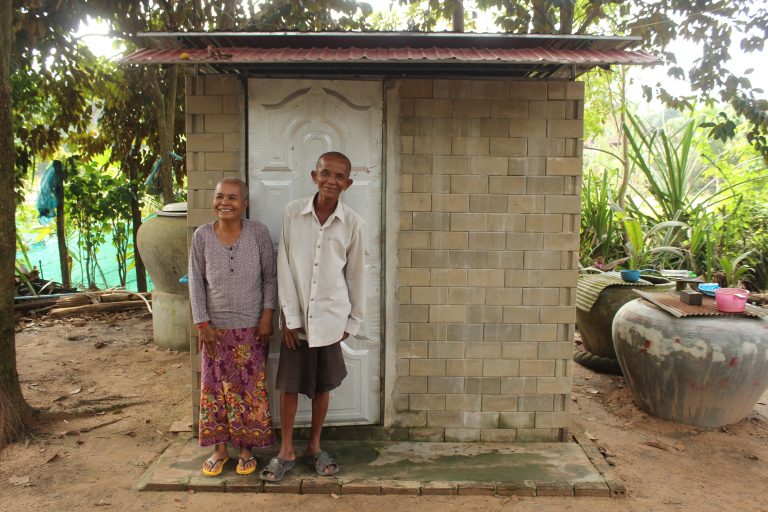Project Outcomes
As reported in UNHCR’s Focus Area Strategic Plan for Climate Action 2024-2030, 84% of refugees and asylum seekers originate from 15 highly climate-vulnerable countries. They often lack access to environmentally sustainable resources, as well as the economic or physical capacity to prepare for, withstand, recover from, and be protected against the impacts of climate change.
For UNHCR (The United Nations High Commissioner for Refugees), whose mandate is to protect forcibly displaced populations and help them rebuild their lives, climate change is making this work increasingly difficult, whether through hazards such as prolonged droughts that deplete water sources or floods and storms that bring an excess of it, placing millions of already vulnerable people at even greater risk.
This project focused on strengthening climate resilience in UNHCR’s water, sanitation, and hygiene (WASH) infrastructure, particularly against floods, droughts, and cyclones. It addressed the urgent need for facilities that can withstand such hazards. Research was undertaken to establish core principles of climate resilience and WASH, while interviews with UNHCR WASH Officers provided insights into the contextual impacts of climate hazards on services and interventions. These findings were then compared with solutions from the literature to assess alignment with current adaptation practices.
The existing WASH drawings and bills of quantities (BOQs) were subsequently revised, reviewed, and validated by a UNHCR Technical Review Panel. In addition, a presentation was prepared for the UNHCR WASH community of practice to share the project’s findings and facilitate discussion with practitioners and key field stakeholders in the sector.
Key technology/tools used: AutoCAD, Microsoft Excel

Pour-flush toilet with a revised raised option to improve flood resilience
Source: Arnold Kasumba
